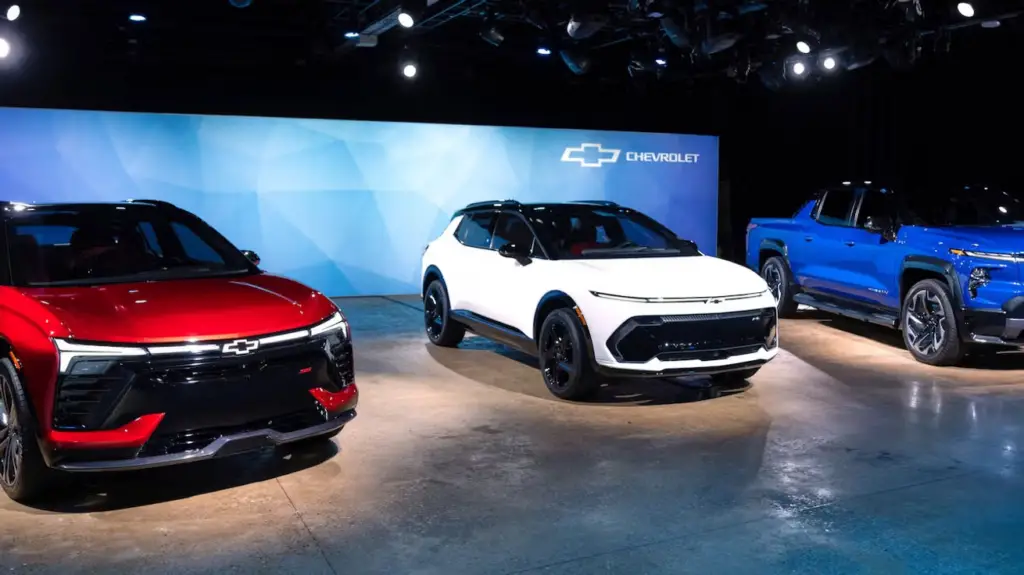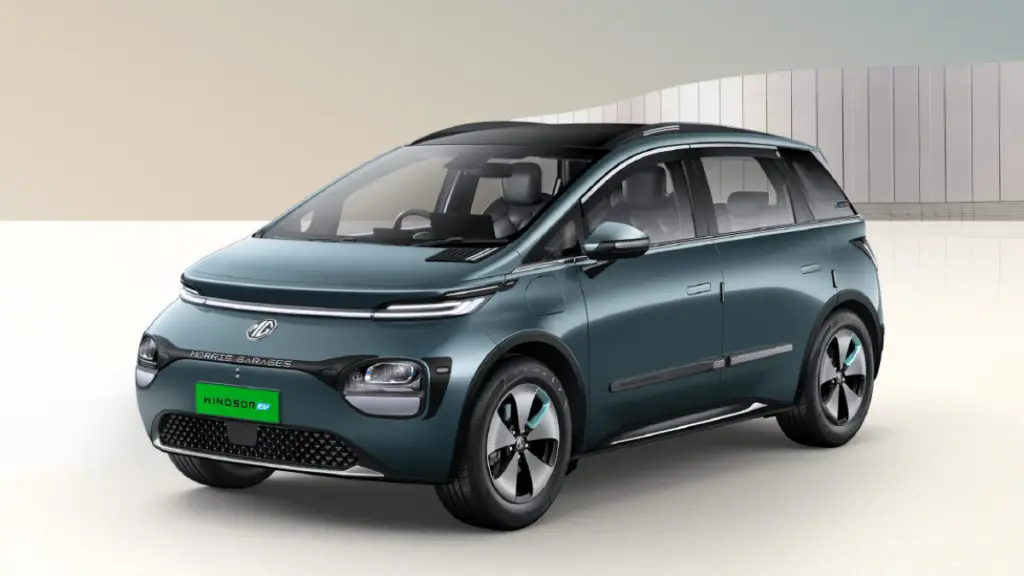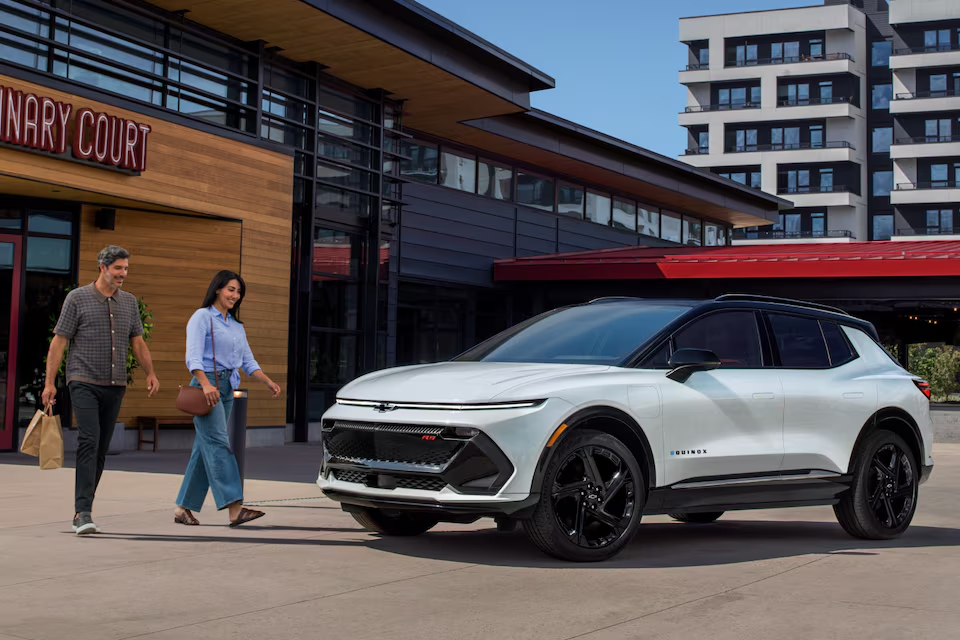If you’re contemplating purchasing an electric vehicle (EV), the clock may be ticking. A $7,500 federal tax credit that significantly reduces the upfront cost of EV ownership could soon vanish.
The situation has triggered urgency among potential buyers and industry stakeholders alike, as changes in federal policies threaten to reshape the landscape of EV affordability and adoption.
The Impending Threat to the Federal Tax Credit
President-elect Donald Trump has hinted at eliminating the federal EV tax credit, and this could happen sooner rather than later. Some analysts speculate the move might even be applied retroactively to January 1, leaving only a narrow window for buyers to secure the incentive.

“I would be very inclined to say yes, it’s going away,” stated Ivan Drury, director of insights at Edmunds, a leading car-buying platform. Drury believes the tax credit’s elimination is highly likely under the new administration. Whether through a comprehensive tax overhaul or a simpler directive from the Internal Revenue Service (IRS), the outcome seems inevitable.
“The simplest route that’s possible is the one that they’re likely to take,” Drury explained, emphasizing the urgency of acting now.
A Rare Opportunity for Savvy Buyers
The potential loss of the federal tax incentive isn’t the only factor making this a strategic moment to purchase an EV. A combination of market dynamics, including declining demand and an oversupply of vehicles, has created a buyer’s market for EV enthusiasts.
Why Now?
- Record Inventories: EV inventories on dealership lots have reached historic highs. According to Drury, about 64% of EVs available today are last year’s models, a significantly higher percentage than for traditional combustion vehicles.
- Incentives from Automakers: To clear out these inventories, manufacturers are offering exceptionally competitive financing options. Data from Edmunds reveals that the average lease payment for non-Tesla EVs has dropped by 40% in 2023. This dramatic reduction stems largely from steep cuts in lease interest rates, rather than just a decline in vehicle prices.
“If you buy an EV now, you’re not only sure of getting the EV tax credit that might not be there for much longer, but also incentives from automakers that can’t move them,” Drury noted. “You’re doubling down. It won’t get any better.”

Industry in a State of Flux
The potential removal of the tax credit could send shockwaves through the auto industry, which has already invested billions in the transition to electric mobility.
The Stakes for Legacy Automakers
Traditional automakers like General Motors (GM), Ford, and Stellantis have placed big bets on the EV market. Yet, these companies are far from achieving profitability in their EV divisions due to substantial startup and production costs. Without the tax credit to sustain demand, they may be forced to scale back their EV production efforts, conceding market share to Tesla and other established players.
Tesla’s Unique Position

Interestingly, Tesla appears to favor the tax credit’s removal. CEO Elon Musk, a staunch Trump supporter, has openly advocated for ending the federal incentive, suggesting it would benefit Tesla by reducing competition.
The Role of Policymakers and Industry Advocacy
The looming elimination of the tax credit has mobilized the Alliance for Automotive Innovation, an influential industry trade group representing most major automakers (except Tesla). In a recent letter to Congress, the alliance stressed the importance of the tax credit in enabling U.S. manufacturers to compete against China’s rapidly advancing EV sector.
Key Arguments for Retaining the Credit:
- The credit is vital for maintaining competitiveness in global markets.
- A sudden policy shift could undermine billions of dollars already invested in EV development, resulting in significant financial losses.
Despite these arguments, neither the alliance nor individual automakers have publicly outlined contingency plans should the credit be abolished.
The Outlook for EV Sales
Even amid uncertainty, experts predict the U.S. EV market will continue to grow, albeit at a slower pace. Chris Hopson, principal automotive analyst at S&P Global, anticipates a wave of new EV models—approximately 20 in 2025—that could attract fresh buyers despite the policy challenges.

Factors Influencing Future Sales:
- Pricing Strategies: Automakers might reduce vehicle prices further to offset the loss of federal incentives.
- State-Level Support: Some states, like California, are exploring local tax credits to fill the gap left by federal policies.
Trump’s Broader Impact on EV Policy
Beyond the tax credit, Trump’s administration could introduce additional measures that influence the EV market. During his campaign, Trump frequently criticized EVs and promised to revoke the Environmental Protection Agency’s (EPA) mandate for EV sales to constitute 35% of all new vehicles by 2032.
While Trump’s stance softened somewhat following Musk’s support, his policies still reflect a preference for loosening regulations on traditional automotive technologies.
A Strategic Moment for Action
For prospective EV buyers, the current moment offers a rare convergence of incentives and opportunities:
- Federal tax credits may soon disappear.
- Automakers are offering unprecedented financial incentives to move inventory.
- Leasing options are more affordable than ever.
Key Takeaways:
- Acting now ensures access to the $7,500 federal tax credit, which might soon be eliminated.
- Buyers can capitalize on competitive deals from automakers, including low lease interest rates and promotional discounts.
- Waiting could mean missing out on both the federal tax credit and manufacturer incentives, as the industry adjusts to a shifting policy environment.
As Drury succinctly put it, “It won’t get any better.”
At a Glance: EV Buying Dynamics in 2024
| Factor | Current Status | Potential Future Impact |
|---|---|---|
| Federal Tax Credit | Available ($7,500) | Likely to be eliminated under Trump |
| EV Inventories | High (64% are older models) | May decrease as automakers adjust production |
| Lease Payments | Down 40% (compared to early 2023) | Could rise if incentives vanish |
| Automaker Incentives | Significant (low interest rates, deals) | May be reduced due to lower demand |
| EV Market Growth | Moderate growth forecasted | Slower pace without tax incentives |
Final Thoughts
The EV market stands at a pivotal juncture. For buyers, this may be the ideal moment to seize the financial advantages available today. For automakers, policymakers, and industry leaders, the next few months will define their strategies for navigating a rapidly evolving landscape.
As the old adage goes, “The best time to act is yesterday; the next best time is today.”



